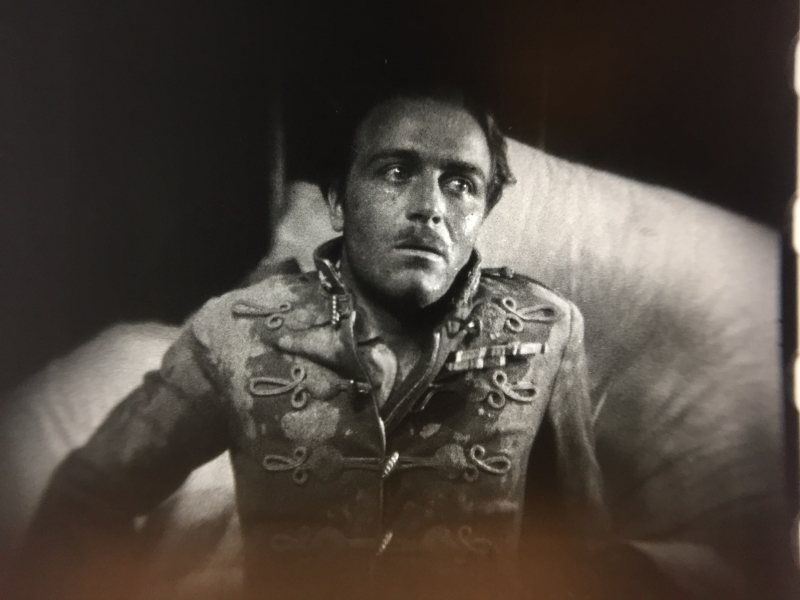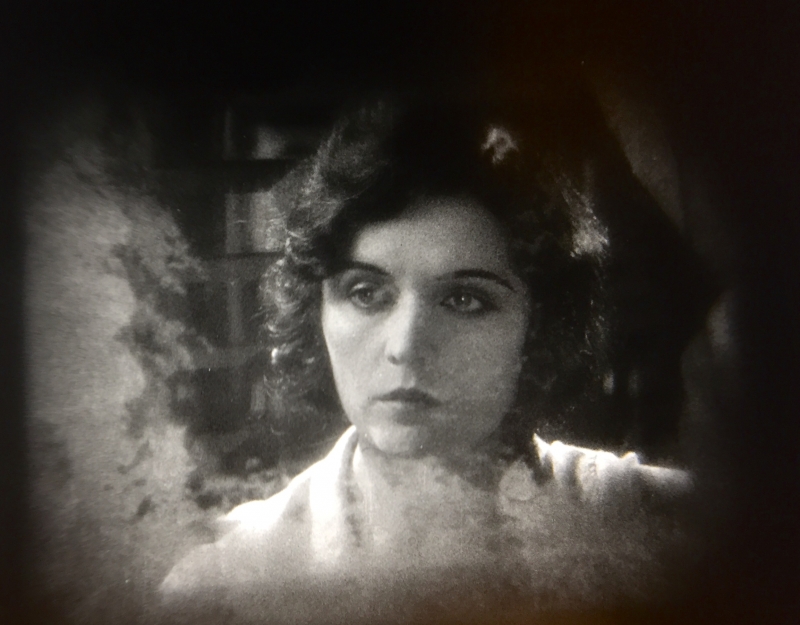-
Posts
52 -
Joined
-
Last visited
Content Type
Profiles
Case studies - Free
Case studies - Premium
Resources
Insider
Courses
Forums
Store
Everything posted by Frank Wylie
-
Need a grim cup o' Joe?
Go see one of our latest prints, right off the film processor, the classic Film Noir thriller, "Raw Deal" (1948) in San Francisco at the Noir City 5 Film Festival. Bonus; Actor Marsha Hunt will be on stage to be interviewed about her starring role in this classic noir film! (http://www.noircity.com/nc5-program-pg1.html#rawdeal)
Trench coat optional...
-
http://filmforum.org/series/busby-berkeley-series
Film Forum in NYC will be screening the brand new print of "In Caliente" (1935) we just produced in a double feature with "Hollywood Hotel" (1937).
As with most pre-1950's original negatives, there were no intermediate printing masters made, so the original negative was used for release printing and has picked-up some damage over the years, but still produces a very nice, creamy image. If you get a chance, let me know what you think!
-

Just an addendum: We are sending the following 35mm prints to this retrospective: 42nd Street, Fashions of 1934, Footlight Parade, In Caliente, Gold Diggers of 1933, Three Cheers for the Girls, Hollywood Hotel and They Made Me a Criminal. If you miss the NYC screenings, check the Harvard Film Archive for Mid-December to Mid-January screenings of a sampling of these titles. http://hcl.harvard.edu/hfa/
-

-

Thank you, Abby! I'll try to let you know when some of our work hits Europe.
We often have a print at the Pordenone Silent Film Festival, but I am unsure about the upcoming festival. (http://www.cinetecadelfriuli.org/gcm/)
-
-
Now Timing
"Hotel Imperial: (1927) Paramount Pictures, D. Mauritz Stiller, Cinematography Bert Glennon, Starring: Pola Negri, James Hall, George Siegmann.
Bench timing a dupe negative from a decomposing original era print with fading, melt, out-gassing and density mottling.
Here are a few shots of the print in places of "better" condition...
-

-

Abby,
Archival restoration and public exhibition.
While the title has been digitally restored by the parent company for Bluray release, we still try to preserve the best film elements we have to film with an eye toward eventually making DCPs for public exhibition.
Currently, we have (and are adding to) a very large lending library of 35mm prints, but that can't last forever.
When film finally ends, we will switch from motion picture printers and film processors to datacine/scanner suites and workstations, but traditional film inspection, repair and handling skills will remain unchanged.
-






